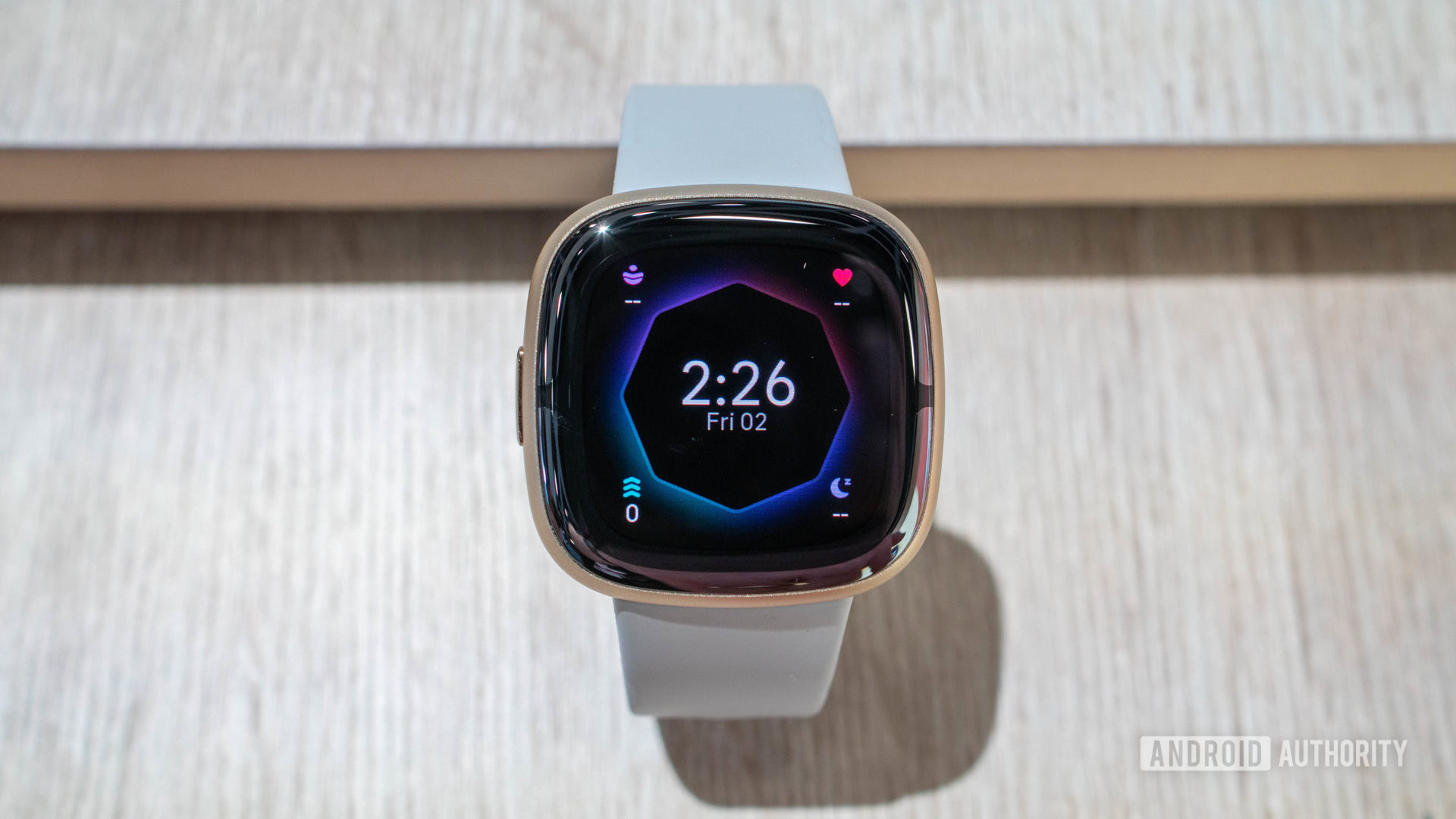
Kris Carlon / Android Authority
Fitbit devices remain among the most popular wearables available, including the company’s top smartwatch lineups. The health-focused Fitbit Sense line is the brand’s top tier with advanced sensors and a range of smartwatch tools. While we weren’t blown away by the latest model during Fitbit Sense 2 review, we’re excited to see what lies in store for the series. Find out everything we know about specs, pricing, and possible features of a potential Fitbit Sense 3.
Will there be a Fitbit Sense 3?
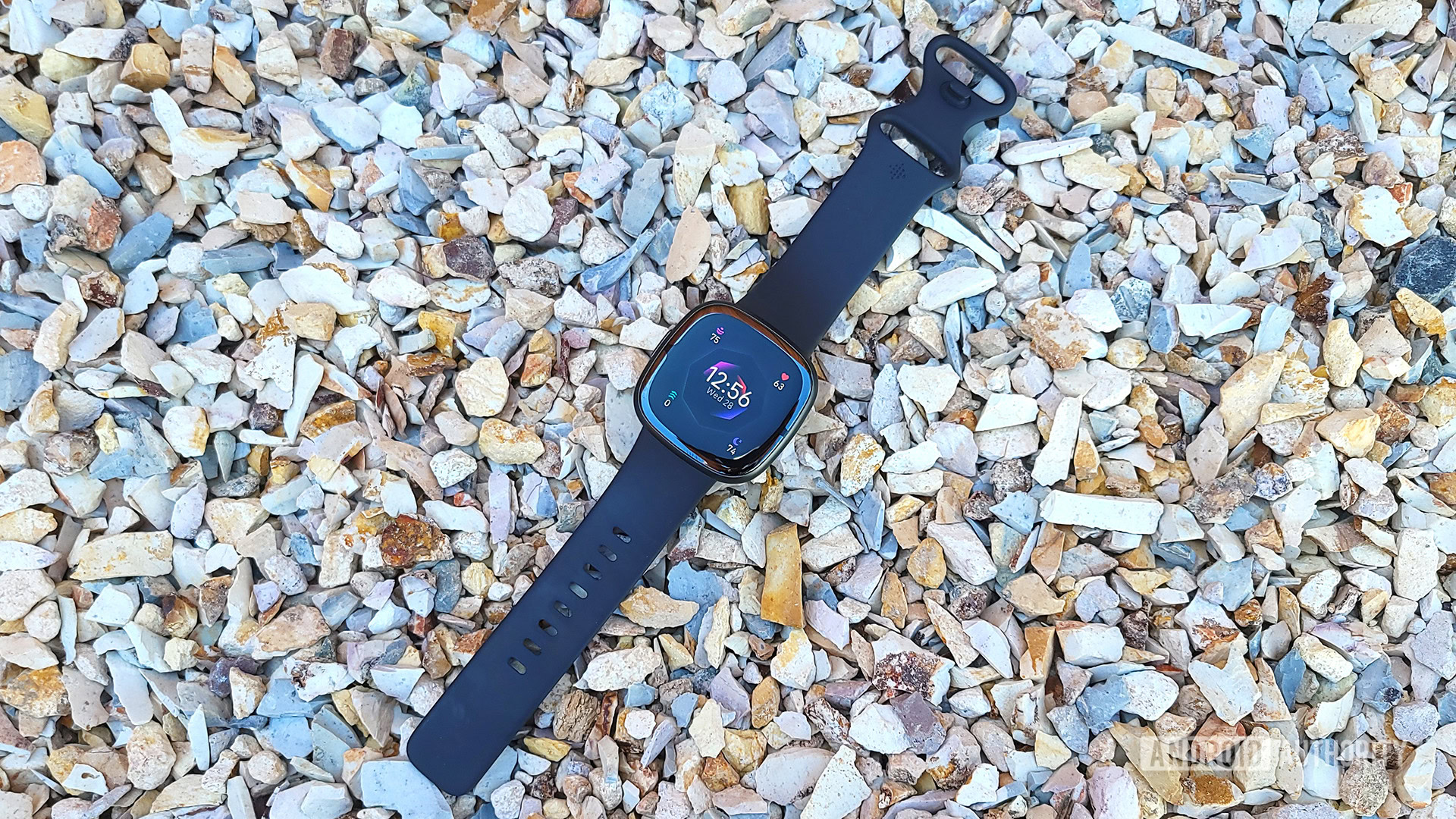
C. Scott Brown / Android Authority
There’s no reason not to expect Fitbit to continue the Sense lineup, at least not at this point. While there have only been two generations launched so far, the smartwatches represent the company’s highest-end wearable with advanced features for anyone with a focus on health stats. It’s unlikely Fitbit will abandon the offering.
The only reason we hesitate to call the Sense 3 a sure thing is the overall uncertainty of Google’s Fitbit ownership. The Google Pixel Watch threw a curveball at the Fitbit stable and only time will tell how the situation is going to play out. We’ve already seen some negative impacts with features stripped back from the Sense 2. Again though, we don’t anticipate Fitbit dropping its smartwatch line altogether.
What is the Fitbit Sense 3 release date?
Fitbit Sense: September 2020
Fitbit Sense 2: August 2022
As mentioned, there have only been two Fitbit Sense generations so far. The Fitbit Sense and Fitbit Sense 2 landed two years apart in 2020 and 2022. Given the lack of rumors we’ve heard thus far, it’s most likely that the Sense 3 isn’t slated for this upcoming launch cycle but will continue a biannual pattern. Our expectation is that the device will land in the fall of 2024. We’ll keep this hub updated as soon as we learn more details that point to a potential timeline.
What specs and features will the Fitbit Sense 3 have?
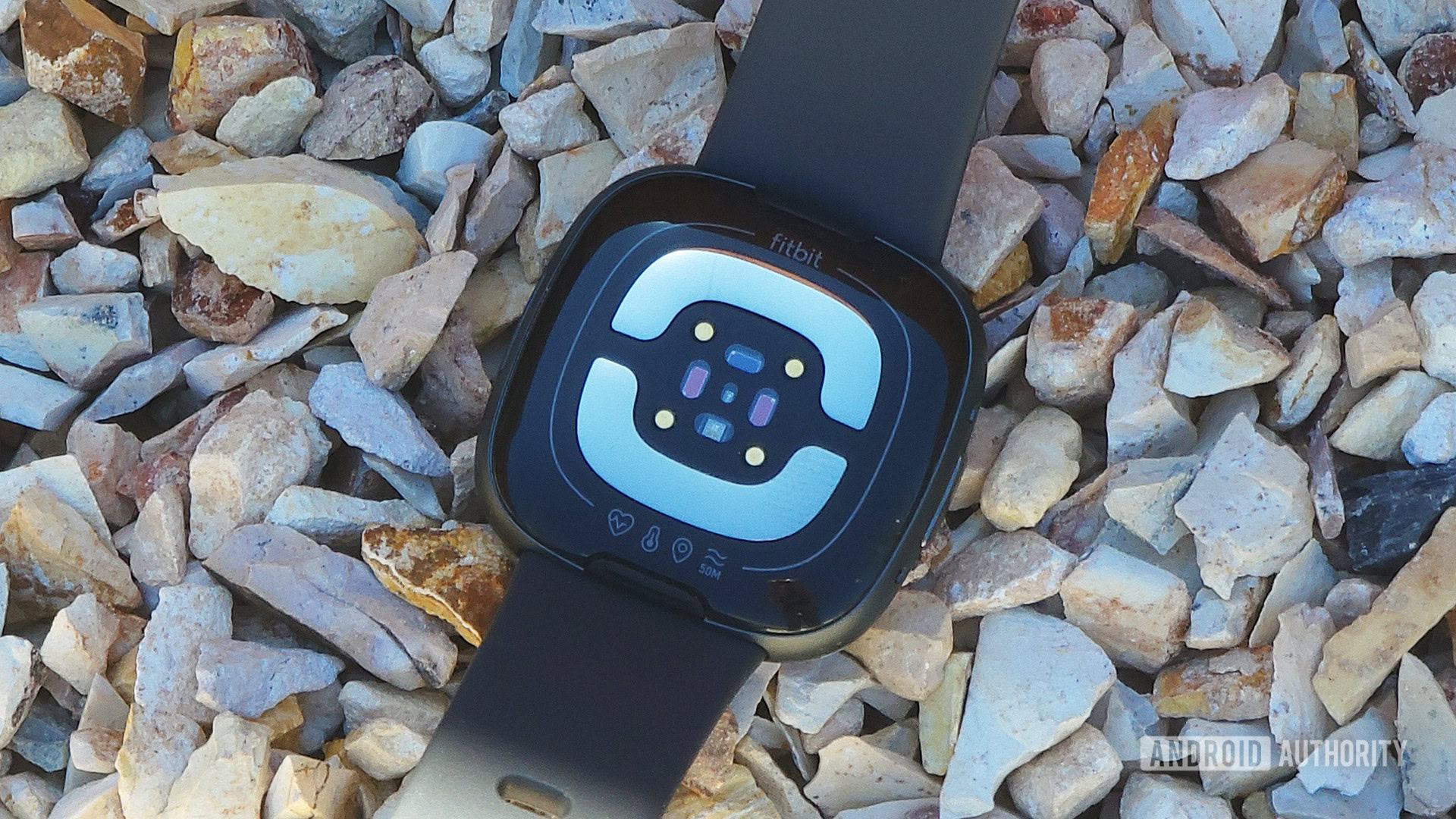
C. Scott Brown / Android Authority
The Fitbit Sense 3 will likely feature a familiar, rounded rectangle watch case with a vibrant touchscreen AMOLED display and interchangeable bands. The line’s design only changed nominally between the Sense and Sense 2 with the latter model offering a slightly thinner and lighter build. The second Sense model also replaced the first’s capacitive groove with a physical button, which made navigation much easier.
Both past generations feature an array of useful health sensors for tracking users’ key specs, including Active Zone Minutes, sleep, SpO2, heart rate, and skin temperature. Each also provides ECG readings in supported countries. The Sense 2, however, introduced continuous electrodermal activity (cEDA) readings via its Body Response sensor. These readings allow users to monitor all-day stress levels, an increasingly important health measurable. We expect the return of all of these useful features and, ideally a few more. It is because of the lineup’s advanced sensors that we consider it the best Fitbit for anyone with health concerns. We hope to see Fitbit continue to add more resources and tools to that end.
A potential Fitbit Sense 3 is likely to bring back the same advanced health sensors, fitness tracking, and battery life specs users have come to associate with the company’s stable.
The Fitbit Sense line also has a lot to offer in terms of basic fitness tracking that we anticipate featuring on the Sense 3 as well. In addition to a range of sport profiles, the device will likely offer auto-workout detection and built-in GPS. We also expect Google Maps, NFC support for Google Pay, voice assistance, and phone call support via a built-in microphone and speaker.
Finally, Fitbit is known for its impressive battery specs compared to other leading devices. The Fitbit Sense 3 is likely to echo this strength with multi-day battery life approaching a week in length. Performance updates and battery size could each contribute to improvements in this arena.
What will the Fibit Sense 3 price be?
Fitbit Sense: $329
Fitbit Sense 2: $299
At the top of Fitbit’s lineup, the Sense is usually a good deal more expensive than its cheaper Versa siblings. The original Sense launched at $329. Two years later, a simplified Sense 2 launched for slightly less, at $299. Our hope is that Fitbit reloads the lineup and brings back some of the features removed in 2022. If that’s the case, we can imagine the price going back up. The rising costs of wearables in general will likely also impact the company’s pricing structure. What we don’t want to see is Fitbit continue to make cuts when it comes to features and tools to offer a cheaper but less powerful third generation.
Should I wait for the Fitbit Sense 3?
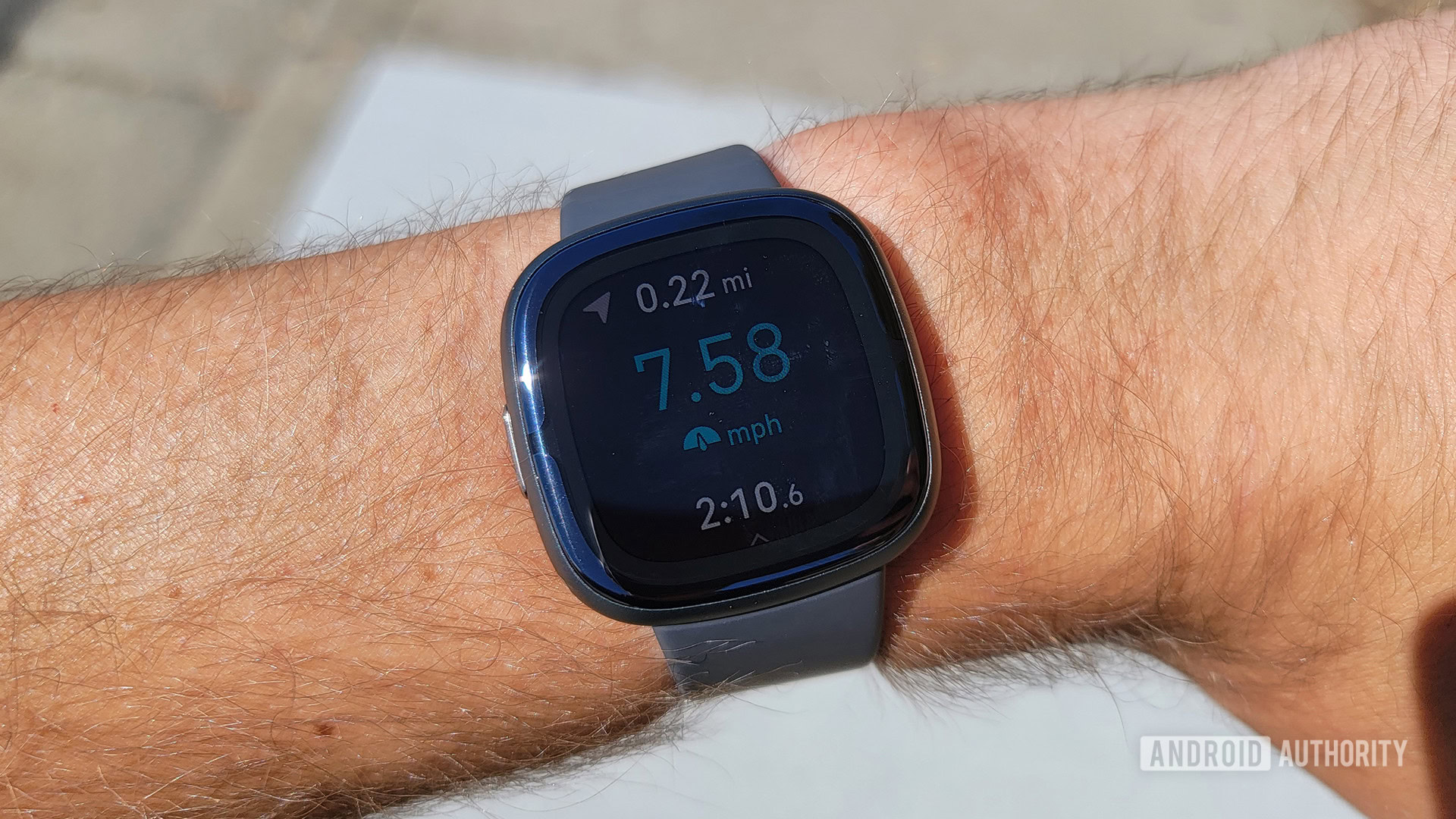
C. Scott Brown / Android Authority
This early on, it’s hard to say if the Sense 3 will be worth the wait. However, we don’t recommend purchasing a Fitbit Sense 2 ($299.95 at Best Buy) unless you’re heart is absolutely set on a Fitbit-specific device and you have health concerns that call for extra sensors. Without Wi-Fi or third-party app support, the smartwatch is simply too watered down to warrant our heartfelt support. If you can wait for it, we’re hopeful the Sense 3 could offer a more well-rounded experience than its older sibling.
If the uncertain timeline makes you wary, we also suggest keeping an eye on the incoming Pixel Watch 2. The original Pixel Watch had some first-generation quirks that we think Google is likely to iron out in the new model. Set to land in the coming months, the Pixel Watch 2 should offer considerable Fitbit integration plus a fully-feature Wear OS experience.
Beyond the Fitbit ecosystem, there are also a number of great options. The latest Samsung Galaxy Watch 6 ($299.99 at Samsung) packs a powerful health and fitness tracking suite. For iOS users, the Apple Watch Series 8 ($329 at Amazon) or Apple Watch SE 2022 ($269.99 at Amazon) are by far the best picks. In short, at the price range the Sense line falls into, there is a lot of competition to consider.
Fitbit Sense 3: What we want to see
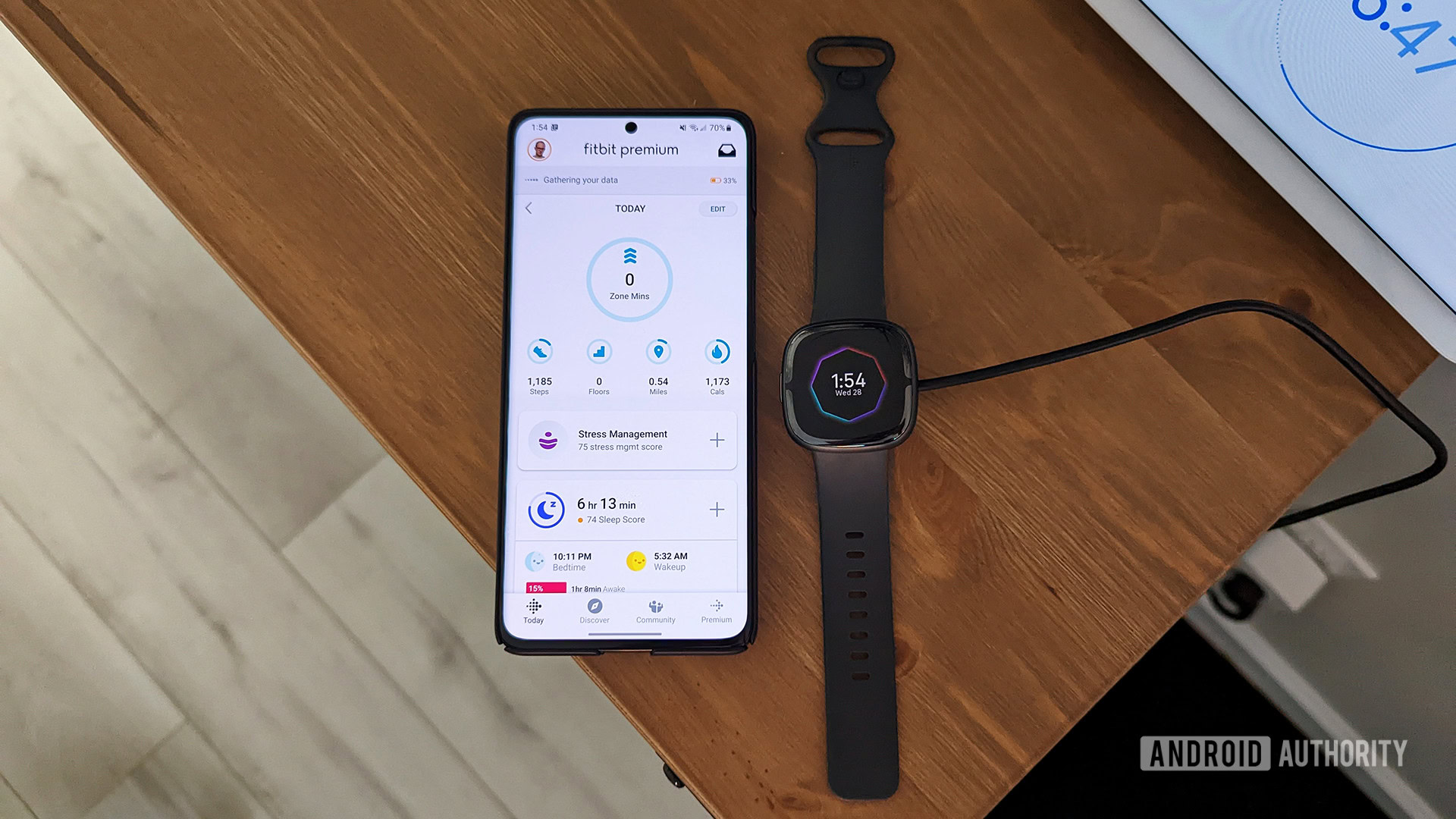
C. Scott Brown / Android Authority
We are always happy to get our hopes up when it comes to new devices. With so little information to discourage us, we have big dreams for the Sense 3.
Back in with the old (specifically the smartwatch features)
We would love to see Fitbit backpedal some of the decisions made when launching the Fitbit Sense 2. When the Versa 3 and original Sense hit wrists, we were thrilled with Fitbit’s attempt to enter the smartwatch race more aggressively. Then, in 2022, the company stripped the new models of Wi-Fi support as well as third-party app support, kneecapping the Versa 4 and Sense 2 to encourage shoppers toward the Pixel Watch. The devices also dropped Google Assistant, leaving just Amazon’s Aexa as the sole voice assistant. The final blow came in March 2023, when Fitbit removed music storage support, further weakening all Fitbit smartwatches.
Our biggest hope for the next generation of Fitbit smartwatches is that these basic features are returned to round back out the devices. It’s hard to imagine Fitbit remaining a viable competitor without them.
GPS accuracy improvements
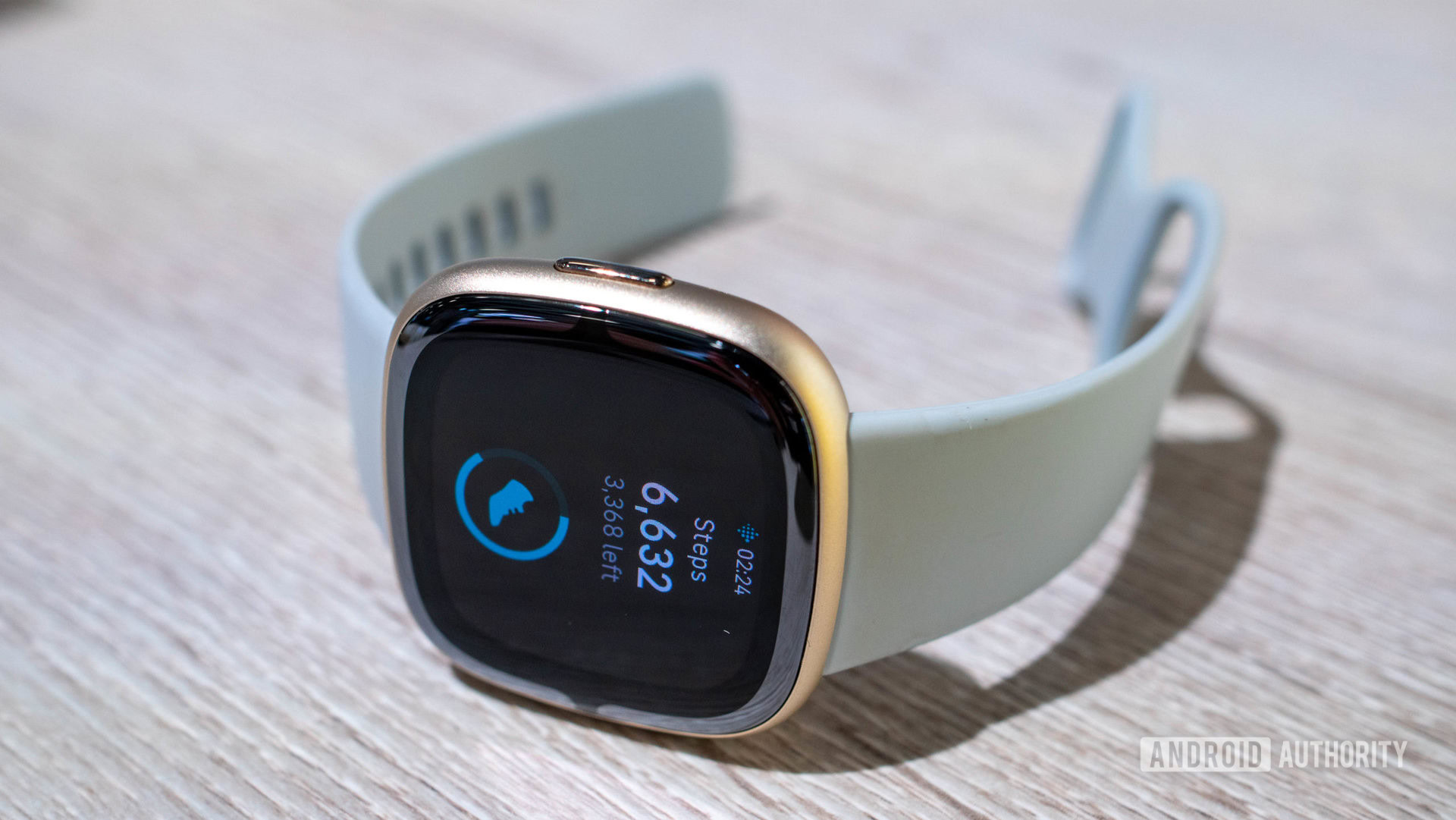
Kris Carlon / Android Authority
Similarly, the Fitbit Sense 2 seemed to take a step backward in terms of GPS accuracy. We frequently tout Fitbit devices as great picks for basic activity tracking. That isn’t a niche we think Fitbit should relinquish. However, accurate GPS isn’t just for advanced athletes, it’s a tool as useful as basic step counting for all users. We’re also still hoping that software updates will continue to improve some of the flukey heart rate accuracy we ran into during our Fitbit Sense 2 review as well.
Music storage and music controls
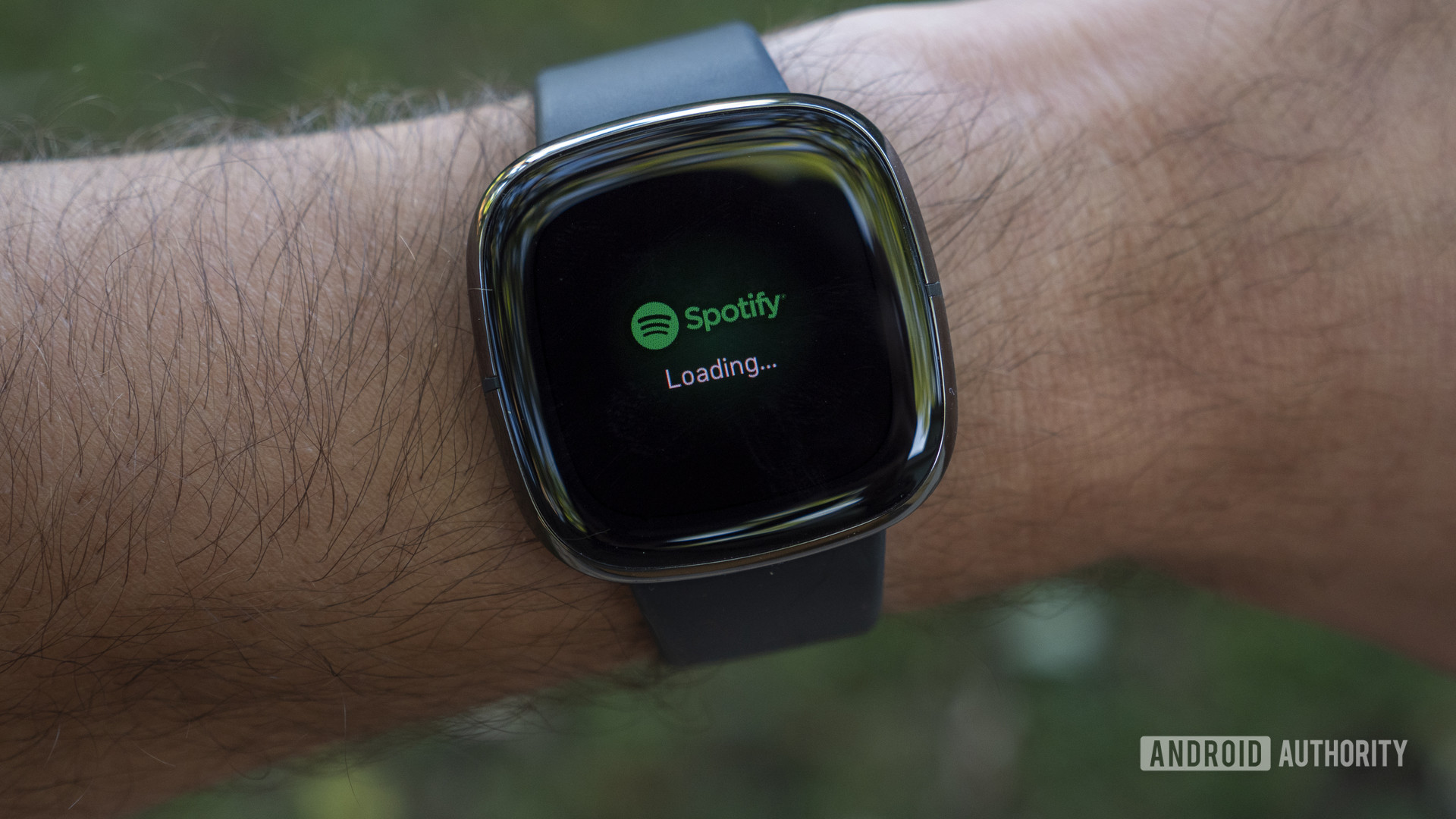
Jimmy Westenberg / Android Authority
Even though we already mentioned the cutting of music storage above, the topic also deserves its own entry on our wishlist. Access to playlists is such an important part of fitness training for tons of users. For a smartwatch line to not only offer no music storage but also drop music controls is genuinely baffling. We really hope Fitbit reconsiders this move and brings back both on the Sense 3.
A universal charger
We know it’s shouting into the void to keep asking brands to drop their proprietary chargers, but we’ll scream away anyway. Fast, reliable charging is crucial to the user experience on all wearables. Fitbit offers some of the best batter specs in the game. We just want to see less e-waste and more compatibility between products and the mess of cables and charging pads we already own.
